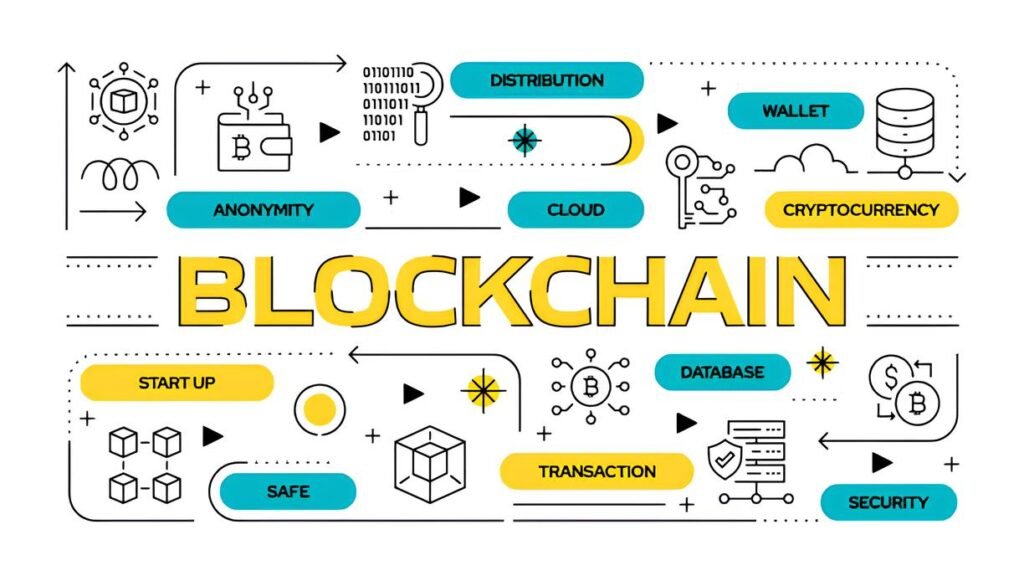Imagine entrusting your most sensitive data to a cloud storage provider that promises bulletproof encryption. You upload your files, confident they’re safe behind layers of cryptography—unbreakable, inaccessible to anyone but you. But what if, behind the scenes, your encrypted cloud has a secret entrance? A backdoor designed to slip past your defenses silently, undermining the very privacy you sought to protect.
It sounds like a paranoid thriller plot, but backdoored encrypted cloud services are a real concern in today’s digital landscape. These hidden vulnerabilities don’t announce themselves loudly; instead, they lurk quietly where users least expect them. If your trust is placed in encryption alone without understanding the bigger picture, you might be opening the door for surveillance, data theft, or worse. Let’s unravel why your “secure” cloud might not be as private as it appears and what you can do about it.
In This Article
What Is an Encrypted Cloud Backdoor?
In the realm of encrypted cloud storage, a backdoor is a hidden method that allows unauthorized access to data without alerting the user or triggering built-in encryption safeguards. It works around standard security protocols—bypassing password protection, encryption keys, or multi-factor authentication.
Backdoors can be deliberately placed by cloud service providers, incorporated through government mandates, or introduced maliciously by attackers who exploit software vulnerabilities. From an outsider’s view, the data remains encrypted and inaccessible, but a hidden passage exists, tricking the system into granting access.
Think of it as a secret tunnel in a fortress—though the main gate is locked tight with reinforced steel, someone knowing the tunnel’s location and having the key can slip in undetected. This is why relying solely on “end-to-end” encryption claims can be dangerously misleading.
Common Ways Backdoors Are Implanted
Backdoors don’t always look like broken locks or glaring weaknesses. More often, they’re subtle, ingrained deep in the architecture of the cloud system. Some of the most prevalent techniques include:
- Pre-installed weak encryption keys: Providers may generate encryption keys at the server level and retain a copy, enabling covert access.
- Built-in master keys: A “master key” held by the provider or a government agency allows decryption of all stored data.
- Hidden administrative accounts: Accounts with elevated privileges that bypass standard audit trails or logging.
- Software vulnerabilities: Flaws in the encryption implementation that allow attackers to exploit backdoors, such as faulty cryptographic libraries.
- Tampered client-side applications: If your cloud client app secretly logs or transmits encryption keys or plaintext data, the whole chain of trust is compromised.
These backdoors can be intentional, such as those required by law enforcement through legal frameworks, or unintentional, arising from rushed development and insecure coding practices that leave doors unguarded.
Some widely-used cloud providers openly admit that they retain master encryption keys, meaning your data could be decrypted and handed over without your knowledge—even if you use strong passwords.
Why Encryption Alone Isn’t Enough
Encryption forms the backbone of data privacy online, but it’s not a silver bullet. Simply encrypting your files before uploading doesn’t guarantee security if the entire cloud system is designed with backdoors.
Encryption only protects data at rest and in transit, assuming keys are managed securely and can only be accessed by you. But in cloud storage, several factors dilute the value of encryption:
- Key management issues: If the provider stores or manages your encryption keys, they have access. Without client-side encryption, you’re placing complete trust in a third party.
- Metadata exposure: Even if your files are encrypted, metadata like filenames, file sizes, timestamps, and access logs can reveal sensitive patterns.
- Insider threats: Employees with privileged access could exploit backdoors or leak keys.
- Government subpoenas and gag orders: Cloud providers may be obliged to cooperate quietly, delivering encrypted data and keys.
- Side-channel attacks: Certain cryptographic implementations can leak key details under sophisticated attack.
True security demands a holistic approach—robust encryption combined with transparent key management, open-source client software, and strict operational security (OpSec) practices.
Real-World Examples of Cloud Backdoors
Backdoors in encrypted cloud systems aren’t just hypothetical—they have impacted major providers and users worldwide.
Consider these notable cases:
- NSA’s PRISM Program: Revealed through Edward Snowden’s leaks, PRISM involved major tech companies allegedly providing direct access to user data under government orders, facilitated by backdoor access.
- Juniper Networks Incident (2015): Hackers exploited a backdoor in Juniper’s encryption software used by some cloud providers, allowing complete system access to encrypted traffic.
- Dropbox’s Encryption Model: Initially, Dropbox handled key management centrally, meaning the company could technically decrypt user files—raising concerns about potential backdoors and unauthorized access.
- Apple’s iCloud Vulnerabilities: Hackers have consistently targeted iCloud accounts, leveraging social engineering and technical backdoors to bypass encryption and access private backups.
These examples expose that backdoors can be accidental, intentional, or abused—a lesson to always scrutinize the services you rely on instead of trusting blindly.
Open-source encrypted cloud providers tend to have fewer hidden backdoors because their code can be independently audited. However, transparency does not always guarantee safety if key management remains centralized.
How to Spot Signs of a Backdoor
Detecting backdoors in encrypted cloud systems is challenging—because they are designed to be invisible. But certain red flags can give you clues:
- Lack of end-to-end encryption: If the provider manages encryption keys or decrypts data on their servers, that suggests potential backdoor access.
- Closed-source applications: Proprietary client software might contain undisclosed functionalities that exfiltrate keys or data.
- Opaque privacy policies: Vague or overly broad terms around data usage or cooperation with government agencies can hide backdoor agreements.
- History of data breaches: If a provider suffered hacks that exposed keys or encrypted data, it indicates poor security hygiene and possible backdoors.
- Unexplained performance anomalies: Sudden slowdowns or odd behavior during encryption or upload could hint at hidden data exfiltration or monitoring.
Often, technical audits by independent security researchers are the most reliable method—but those require trust and transparency from cloud providers.
Best Practices for Secure Encrypted Cloud Use
While no system can guarantee absolute safety, you can significantly reduce backdoor risk with smart habits and technology choices:
- Opt for zero-knowledge providers: These companies never see your encryption keys or plaintext files, minimizing trust in third parties.
- Use client-side encryption: Encrypt your data yourself before transmitting, with keys only you control.
- Favor open-source clients: They allow community scrutiny and reduce the chance of undisclosed backdoors.
- Regularly audit usage logs: Monitor your account’s access history for suspicious activity.
- Beware syncing across devices: Each synced endpoint is a potential vulnerability—apply strong device security.
- Use strong, unique passwords with MFA: This reduces interception and brute-force risks.
- Keep software updated: Patching removes known exploits and minimizes vulnerabilities.
Combining these steps creates a layered defense far harder for stealthy backdoors to penetrate.
If you want to add an extra security layer, consider using encrypted containers (like VeraCrypt) locally before uploading them to the cloud—this way, your data stays encrypted even outside the cloud’s system.
FAQ
Q: How can I be sure my cloud provider doesn’t have a backdoor?
A: Absolute certainty is difficult without an open-source codebase and independent audits. Choose providers that offer zero-knowledge encryption and transparent privacy policies. Avoid proprietary services with vague security claims.
Q: Can encrypted cloud backdoors be used by hackers or only governments?
A: Both. While some backdoors are engineered or mandated for law enforcement, hackers can exploit them if discovered or embedded via vulnerabilities.
Q: Are free encrypted cloud services more likely to have backdoors?
A: Free services often monetize user data or have fewer resources devoted to strong security, making them susceptible to hidden access methods. Paid, privacy-focused providers generally invest more in safeguarding data.
Q: Does end-to-end encryption mean no backdoors?
A: Not necessarily. End-to-end encryption only guarantees data is encrypted between your devices and the recipient—if key management isn’t left fully to users, backdoors can still exist.
For users wanting to dive deeper into maintaining privacy, the article Encrypted cloud storage for privacy advocates offers detailed advice on selecting systems and tools designed with your security in mind.
In an era where cloud storage is woven into everyday life, understanding the invisible risks to your encrypted data is crucial. Trust cannot hinge solely on promises of encryption—but must come from informed choices, layered security, and vigilance to keep your digital footprint safe from hidden eyes.


